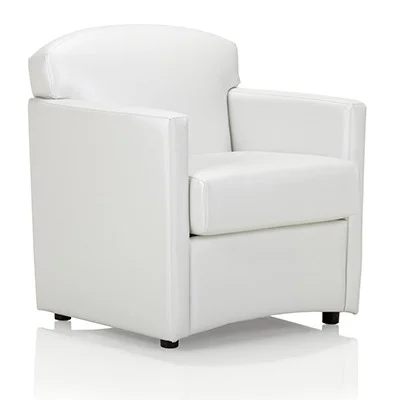Nurturing Creativity With Art Classroom Furniture: A Palette of Possibilities

Fostering creativity is at the forefront of shaping innovative minds. Art classrooms, in particular, serve as the center for developing imagination and self-expression. Beyond the traditional tools of brushes and canvases, education furniture cannot be overstated in creating an environment conducive to nurturing creativity.
The Canvas of Possibilities
Art classroom furniture serves as the canvas on which the masterpiece of creative education unfolds. Versatile and ergonomic design is crucial, allowing students to explore their artistic impulses. Adjustable tables and chairs enable students to adapt their workspace and mobile storage units keep art supplies organized and easily accessible.
Inspiring Spaces
The physical layout of an art classroom plays a pivotal role in stimulating creativity. Seating arrangements, such as bean bags or modular seating, create dynamic environments where students can comfortably shift their perspectives. Mixed lighting enhances the visual appeal of the workspace and inspires creativity. Thoughtful furniture placement encourages movement, allowing students to engage with their projects from various angles.
Ergonomic Designs
Comfort is critical to unlocking creativity. Ergonomically designed art classroom furniture supports good posture and reduces physical discomfort. Height-adjustable tables cater to different student needs, giving them freedom for artistic techniques and preferences. Comfortable helps with focus and relaxation, which are essential for the creative process.
Interactive Workstations
Integrating technology into art classrooms in the digital age can elevate creativity to new heights. Interactive workstations with digital drawing tablets, touchscreens, and collaborative software empower students to explore digital art forms. These innovative tools expand the scope of artistic expression and prepare students for the evolving demands of the creative industry.
Community and Collaboration
Art is often a collaborative endeavor, and the right furniture can facilitate community within the classroom. Group workstations, communal tables, and shared project spaces encourage students to exchange ideas and perspectives. Setting up an atmosphere where students feel comfortable sharing their work fosters a supportive community that fuels collective creativity.
Nurturing creativity in the art classroom requires more than just artistic materials; it needs a thoughtful approach to furniture and environment. From ergonomic designs to interactive workstations, the right art classroom furniture can shape a space that inspires and empowers students to unleash their creative potential. By investing in these essential elements, educators lay the foundation for a vibrant, innovative, and artistically rich learning experience.
Are you looking to work on your classroom furniture? Browse through our selection of education furniture at Gulf Coast Business & Furniture Supply. We have a variety of high-quality business and furniture supplies for equipping classrooms and collaborative areas.







; ?>/theme/img/ecl.jpg)